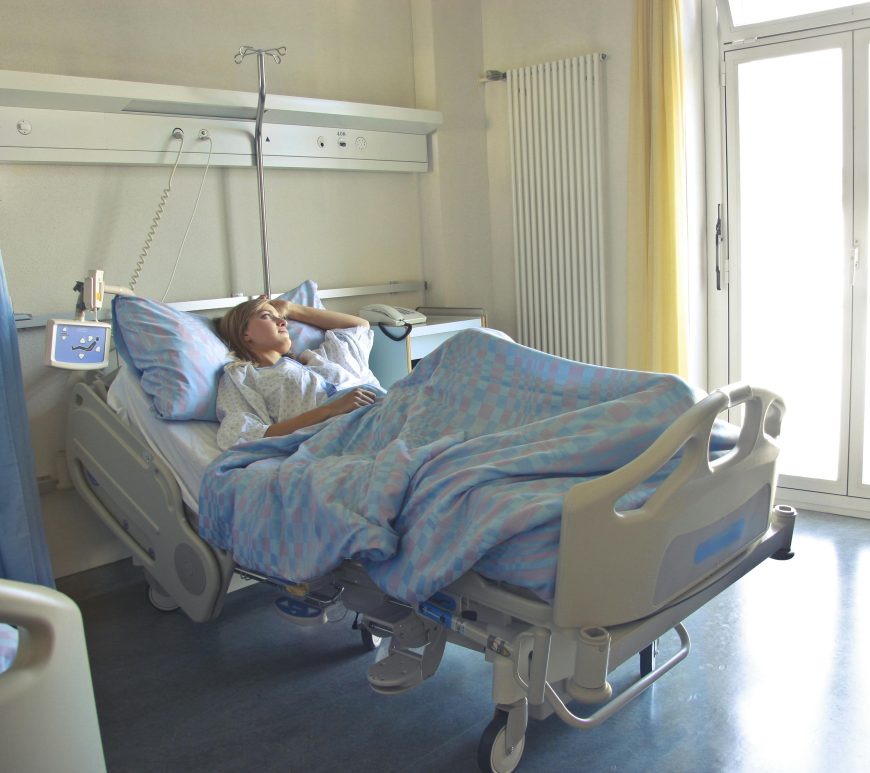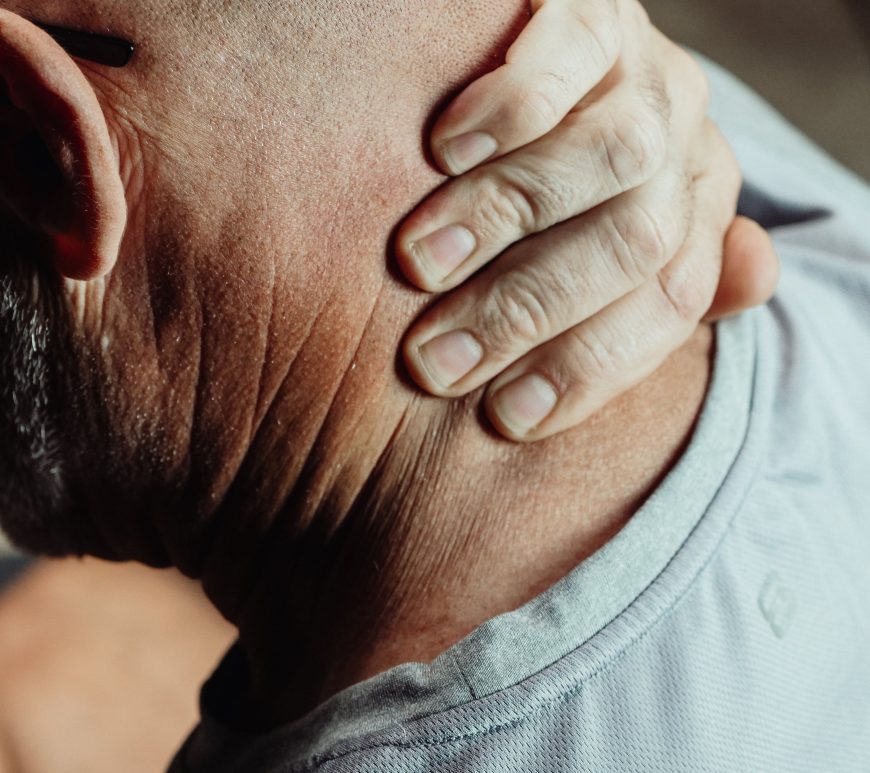
How do epley and sémont-toupet maneuvers compare in inducing liberatory signs?
In 2012, a study conducted by Toupet, et. al., aimed at identifying the most effective repositioning maneuvers for treating benign positional paroxysmal vertigo (BPPV), researchers compared the efficiency of the Epley (Ep) and Sémont-Toupet (ST) maneuvers. Additionally, the study evaluated the impact of postmaneuver restrictions on vertigo and dizziness, using an analog visual scale (VAS) for assessment. The study included 226 adult patients diagnosed with … Continue reading How do epley and sémont-toupet maneuvers compare in inducing liberatory signs?



